Helen Pitcher OBE (IDP-C and IDN President)
In two articles on succession and diversity we explore the specific issue of top team succession and the broader picture on diversity of talent and succession risk.
There is increasing pressure on boards’ to plan their own succession as well as oversee the executive pipeline, with a strong focus on diversity. This stems from the need to create sustainable businesses with a positive, transparent culture that can be ‘passed on’ through generations of CEO and board transitions, and societal pressure for greater diversity in boards and companies to mirror their customer base and the host society. While the notion of having a ‘social licence to operate’ is in its infancy in Europe, there is an increasing need for businesses to show they are good corporate citizens, with lobby groups focused on fair tax payment, customer and employee advocacy, custodianship of the environment, and positive social impact.
To quote the UK Financial Reporting Council, guardians of the country’s governance code;
“The way companies create and sustain value is directly linked to the debate about the role of business in society. There needs to be a concerted effort to improve trust in the motivations and integrity of. Rules and sanctions clearly have their place, but will not on their own deliver productive behaviours over the long-term.”
The ‘holy grail’ of a sustainable culture and positive impact on society, requires a board to not only engage with the issues, but to bring creative and wide-ranging insights to the traditionally bureaucratic succession process. The annual round-up of the usual suspects as potential successors, in strictly functional silos, belies the need for a dynamic process which frees the organization from its historical traits, traditions and barriers.
Board’s Role In Succession
A truly great organisation is one that recognises the value of a positive culture, and hold this as a beacon through good times and bad. It requires that boards have the diversity of thought to do the right thing, in an efficient and economic way, and does not fall apart at the first signs of competitive pressure. Consequently, boards need to think about the system of succession, keeping it lean and effective, and unleashing the natural ambitions of people to drive sustainable action.
Board succession focus falls into three main ‘territories:’
TOP TEAM SUCCESSION, the immediate concern and traditional area of focus.
EXECUTIVE TALENT PIPELINE; a wider, deeper oversight of the executive leadership pipeline.
WORKFORCE AND EXECUTIVE DIVERSITY involves influencing, goalsetting and oversight of diversity in a company’s ‘business workforce’, with flows and opportunities to progress through the company.
The first two areas are covered here, the other in a forthcoming article.
Top Team And Pipeline Succession
Successful top team succession requires that the board think ahead in a way that goes beyond ‘Do we have anybody who can replace the CEO in the event of a sudden loss?’ This kind of contingency approach often consists of little more than a holding pattern or a dash to the market to find a replacement.
The advantages of an ‘internally baked’ candidate have long been recognized. Suffice it to say they are generally a product a sustainable culture. For the board, what is important is the depth of the potential cadre of CEOs/CFOs and at what point of development they are.
This provides a sense of ‘divergent’ and ‘convergent’ development timeframes related to key senior appointments. Divergent: ‘Are we building the systems and frameworks for CEO/senior leaders to emerge and flourish?’ Convergent: ‘Do we have a two-year horizon, with sight of possible successors to the CEO, CFO etc?’
Divergent development criteria include:
Future skills assessment – what do we need?
Talent spotting – going beyond the obvious
Refreshing talent with the deliberate use of external hires
Setting diversity goals and lowering obstacles to progression
Development assignment/project experience planning
Convergent development criteria include:
Talent assessment – how are individuals doing?
Individual development planning, tailored to their and the board’s needs.
Benchmarking against the external market – are we better or worse?
External (NED) experience exposure and networking, creating strategic and independent thinking
Dealing with fall-out/unfulfilled aspirations (not everyone will succeed)
Remuneration alignment – does it support the succession process?
This requires the board to negotiate the framework and processes with the CEO and executive leadership and provide oversight of goals, and progress made towards those goals. It also points to the alignment of remuneration philosophy and goals to reinforce the achievement of succession plans. Among the unforeseen consequences of an assertive remuneration policy is that it can work against the goals of a sustainable leadership and culture by creating a ‘wealthy cadre’ of senior leaders who block the progression of emerging talent.
The leadership crisis that ensues after an unexpected loss of the CEO have featured prominently in the press. Less visible is the insidious creep of diluted culture, where a change of the top executive leadership group imports a whole new culture as the CEO brings in a raft of former colleagues to put their plans into action at speed. While a dramatic change in culture may be warranted to achieve market goals, the board is often unaware of the level of change they are releasing. For every success story where this ‘hiatus’ has worked, there is more often than not a hidden history of failed initiatives and destroyed cultures which need to be re-built after the next CEO comes along.
Boards should be careful what they wish for and take a more strategic view of the change they are seeking to make, moving beyond a ‘something has to change’ mentality to a view of developing the landscape for the company.



